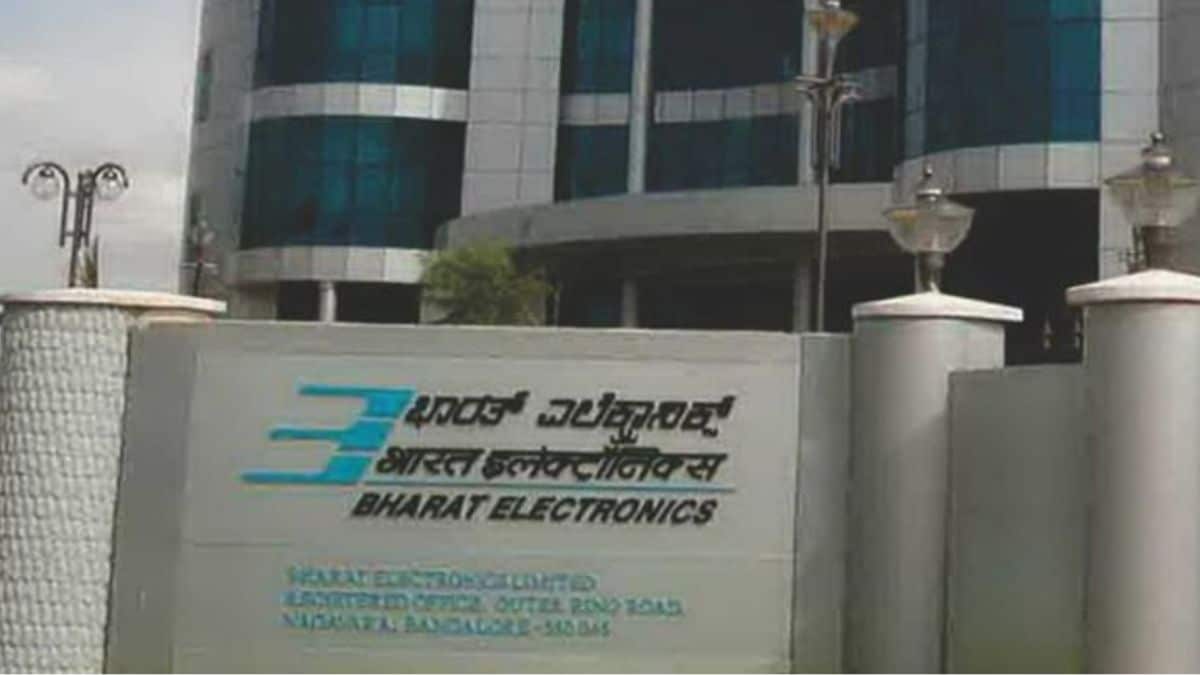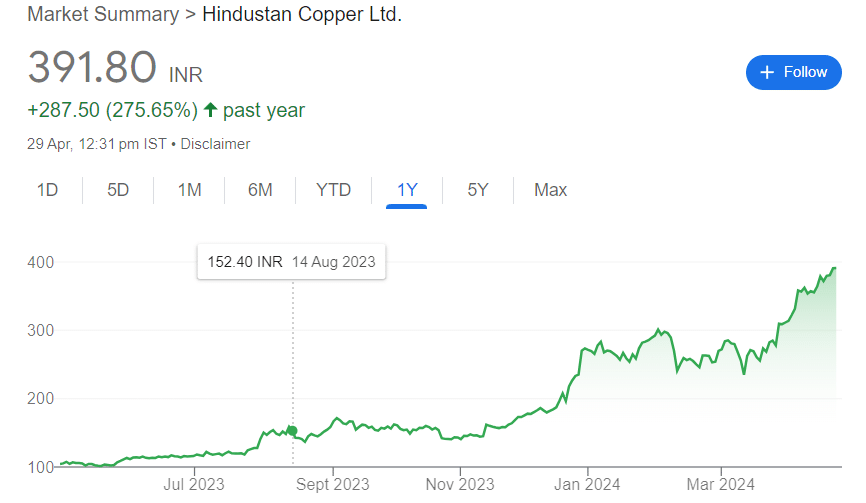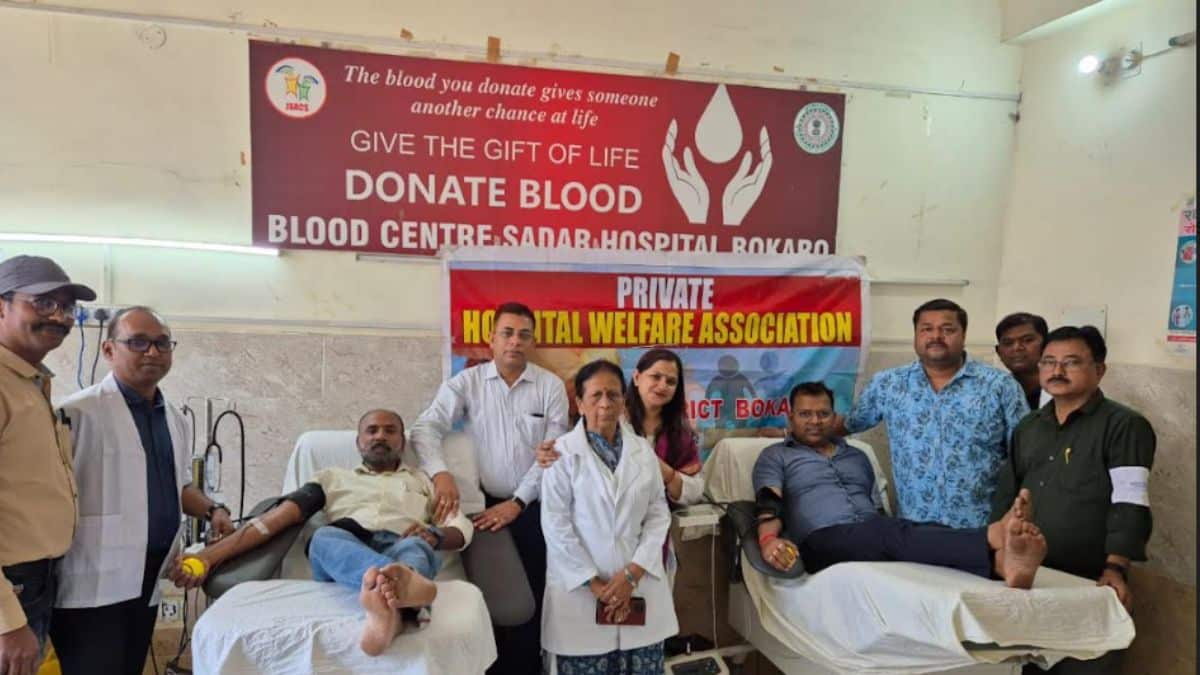Explore the myriad Applications of Photodiode in this illuminating article, uncovering their pivotal roles in optical communication, consumer electronics, medical devices, and cutting-edge research and development.
Introduction:
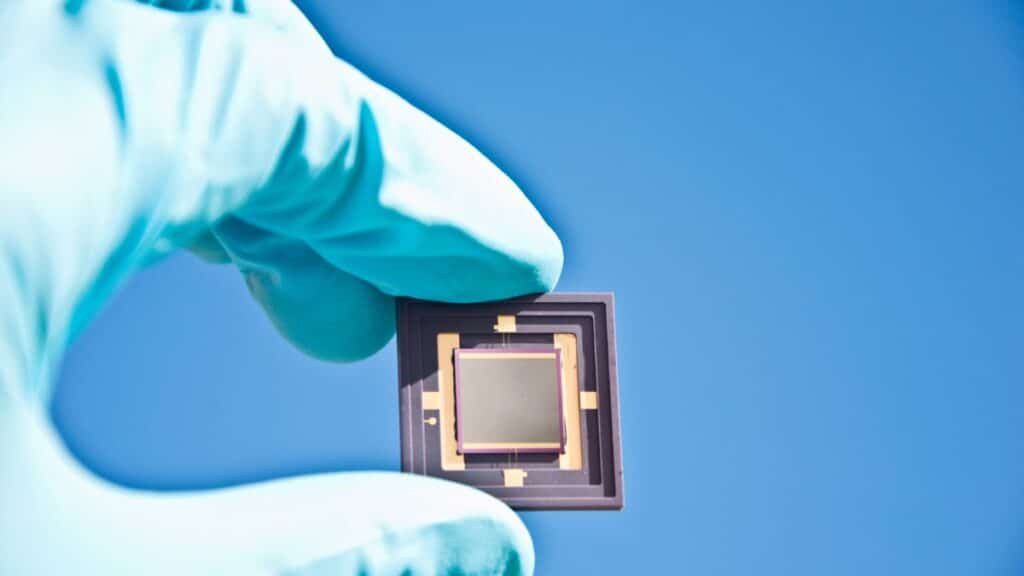
Photodiodes, versatile semiconductor devices, play a pivotal role in a multitude of applications, ranging from consumer electronics to cutting-edge research and development. This article delves into the innovative uses of photodiodes, focusing on their applications in various fields such as optical communication, consumer electronics, medical devices, and scientific research.
- Optical Communication Advancements: Photodiodes, specifically p–n junction diodes, find extensive use in optical communication systems. They contribute to the functionality of photoconductors, charge-coupled devices (CCD), and photomultiplier tubes. Their ability to generate output dependent on illumination makes them ideal for analog measurements and digital signal processing, enhancing the efficiency and speed of optical communication networks.
- Consumer Electronics Integration: Photodiodes have seamlessly integrated into our daily lives through consumer electronics. Compact disc players, smoke detectors, and medical devices leverage their capabilities. Additionally, photodiodes serve as essential components in receivers for infrared remote control devices, allowing seamless communication with various electronic equipment, from televisions to air conditioners.
- Innovative Sensor Systems: The combination of photodiodes with light-emitting diodes (LEDs) results in powerful sensor systems. These systems detect mechanical obstructions in the form of slotted optical switches or facilitate high electrical isolation between different circuits, enhancing safety in applications like optocouplers. Moreover, the LED-photodiode duo characterizes products based on their optical absorbance, showcasing their versatility in sensor technology.
- Precision in Light Measurement: Photodiodes play a crucial role in accurate light intensity measurement in scientific and industrial settings. Their linear response, compared to photoconductors, makes them ideal for applications requiring precise light measurements. This capability is invaluable in scientific research and industrial processes where accurate data is paramount.
- Medical Marvels: In the medical field, photodiodes contribute to various applications. They serve as detectors in computed tomography alongside scintillators, aid in immunoassay instruments for sample analysis, and play a key role in pulse oximeters. The sensitivity and reliability of photodiodes make them indispensable in medical technologies, ensuring accurate diagnostics and patient care.
- PIN Diodes in Optical Communications and Regulation: PIN diodes, known for their speed and sensitivity, are preferred in optical communications and lighting regulation. Their superior performance makes them essential for transmitting and receiving optical signals efficiently, contributing to the advancement of communication networks and energy-efficient lighting systems.
- Beyond P–n Photodiodes: While p–n photodiodes have their applications, they are not suitable for measuring extremely low light intensities. In scenarios requiring high sensitivity, avalanche photodiodes, intensified charge-coupled devices, or photomultiplier tubes step in. These advanced technologies find applications in astronomy, spectroscopy, night vision equipment, and laser rangefinding.
Q & A
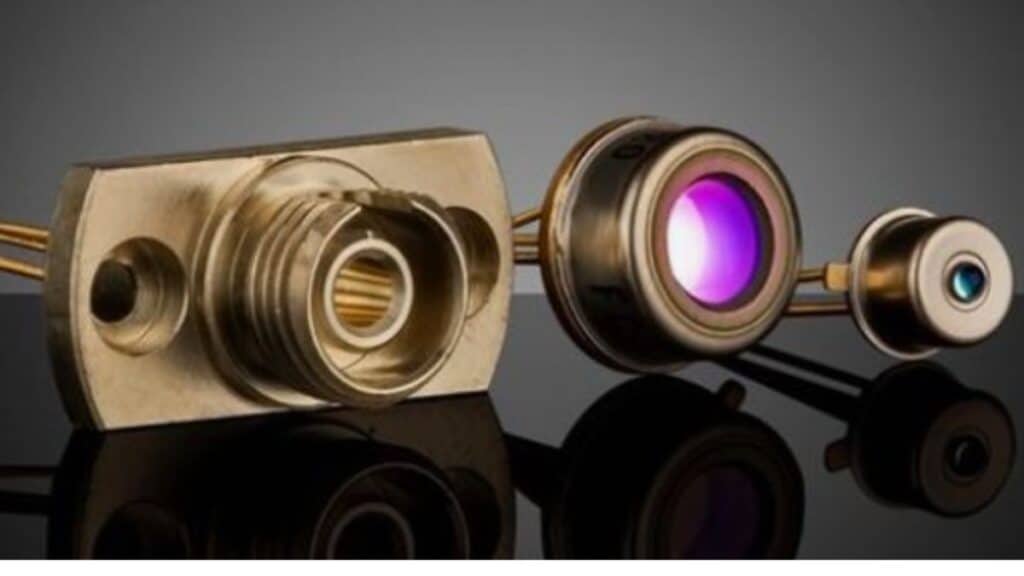
What are the main applications of photodiodes?
Photodiodes find application in logic circuits, detection circuits, character recognition circuits, and play a crucial role in precisely measuring light intensity in both scientific and industrial settings.
What is the use of photodiode and LED?
Unlike an LED, which transforms electrical energy into light emission, a photodiode reverses the process by converting light into electrical energy, serving as a highly accurate tool for measuring light intensity.
What are the applications of Schottky photodiode?
Schottky photodiodes find their primary application in the detection of blue or UV wavelengths and excel in high-speed scenarios, where a slight trade-off in efficiency is acceptable.
Conclusion: Applications Of Photodiode
The applications of photodiodes extend far beyond their basic functions, showcasing their versatility in diverse fields. From enhancing communication systems to revolutionizing healthcare, photodiodes continue to be at the forefront of technological advancements, driving innovation in research and development. As we navigate the intricacies of modern technology, the humble photodiode remains an unsung hero, illuminating the path toward a brighter and more connected future.
also read Photodiodes: Typical Applications – PerkinElmer



